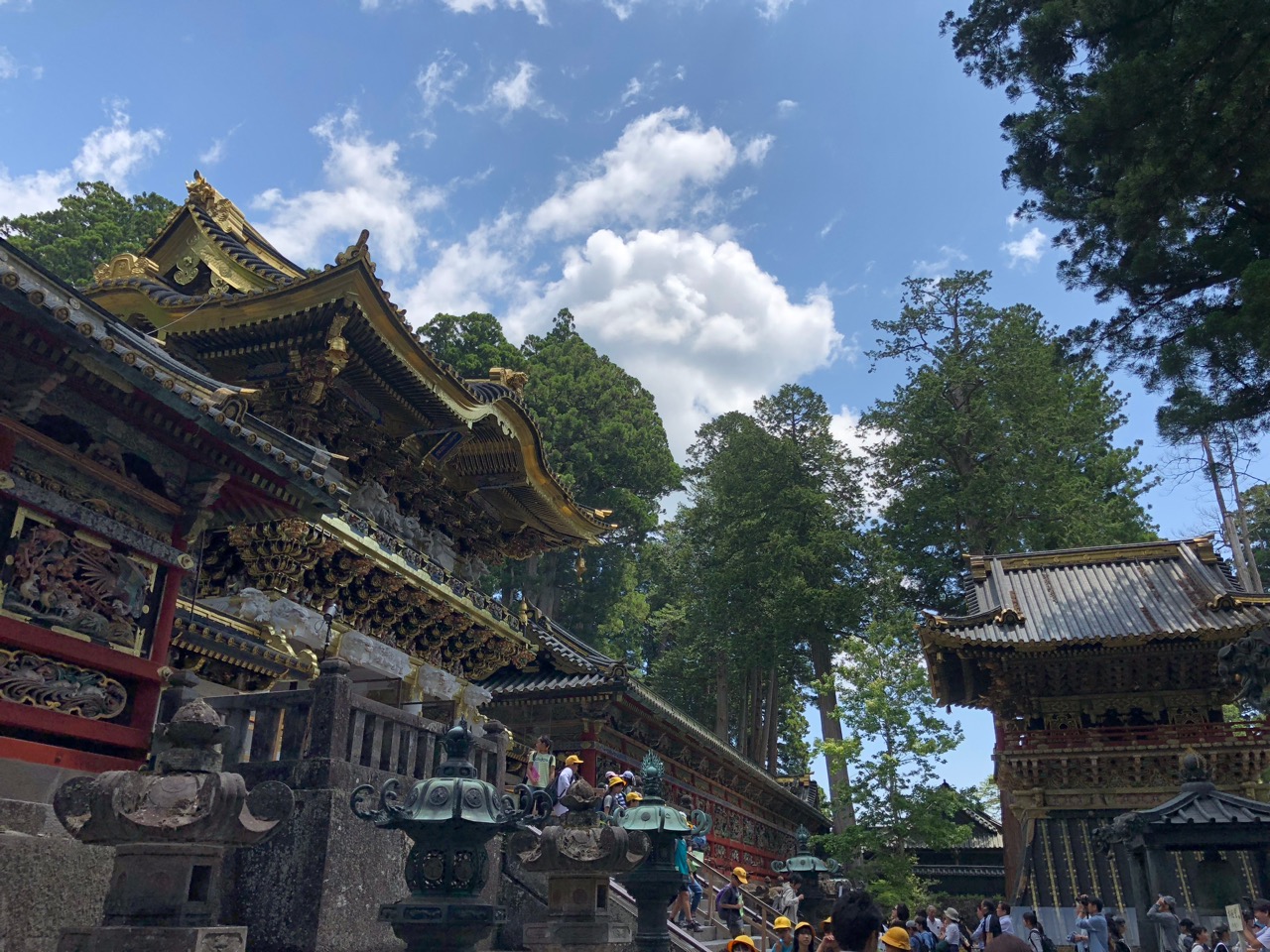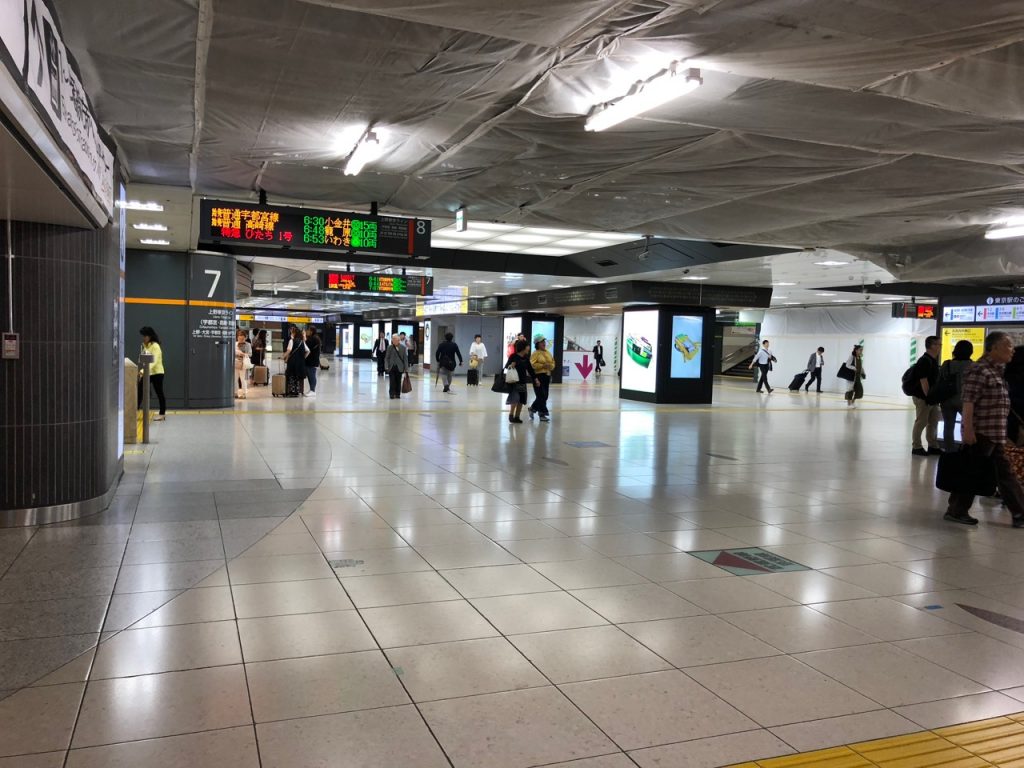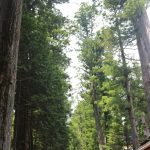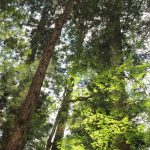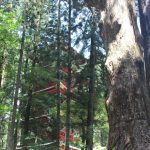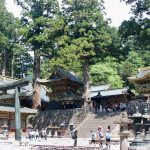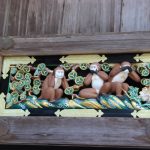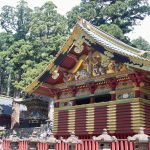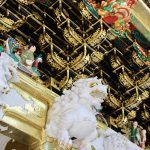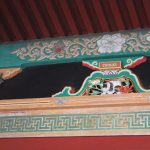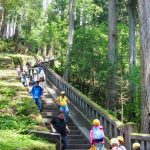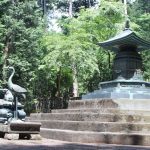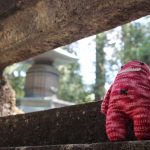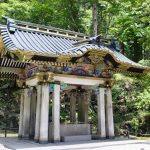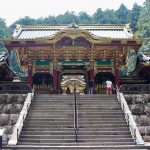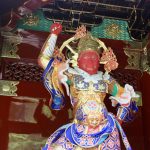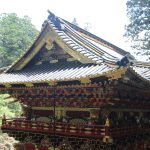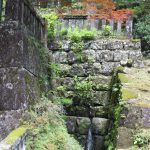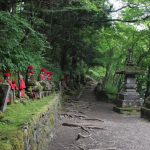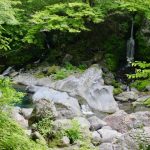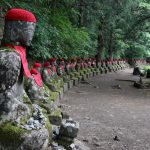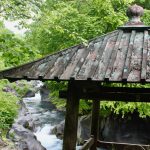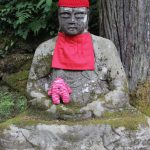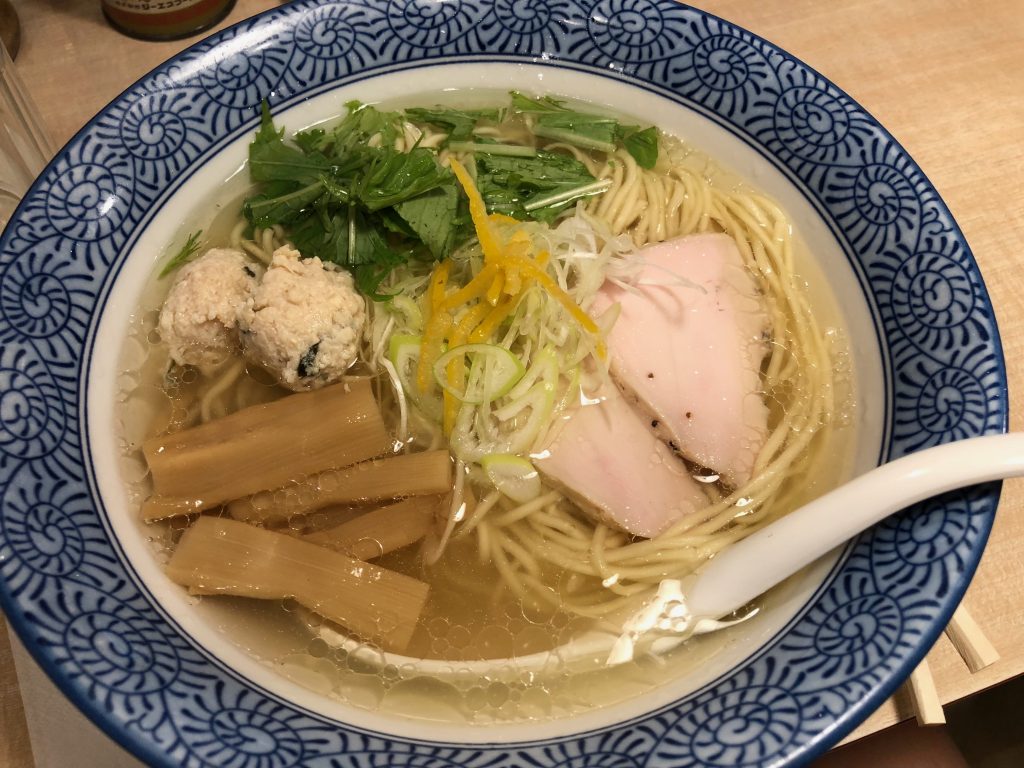The first few days of any trip to Asia always bring waking up at unfortunately early times. I make sure to harness this rarely-seen power to get out ahead of crowds on day trips, or to make the most of a transit day. Today, Nikko: a place I never went as a student nor on subsequent return trips to Japan. The train ride is about 2.5 hours from central Tokyo if you are a failure at acquiring a JR pass ahead of your trip and are too cheap to take the shinkansen (that’s me).
Fortunately, I am powered by jet lag and ridiculously early wake-up times (4:30 today!), so I set off before 6 am. Yotsuya is peaceful, 6am being too early for human beings to be out in full-force or even awake.
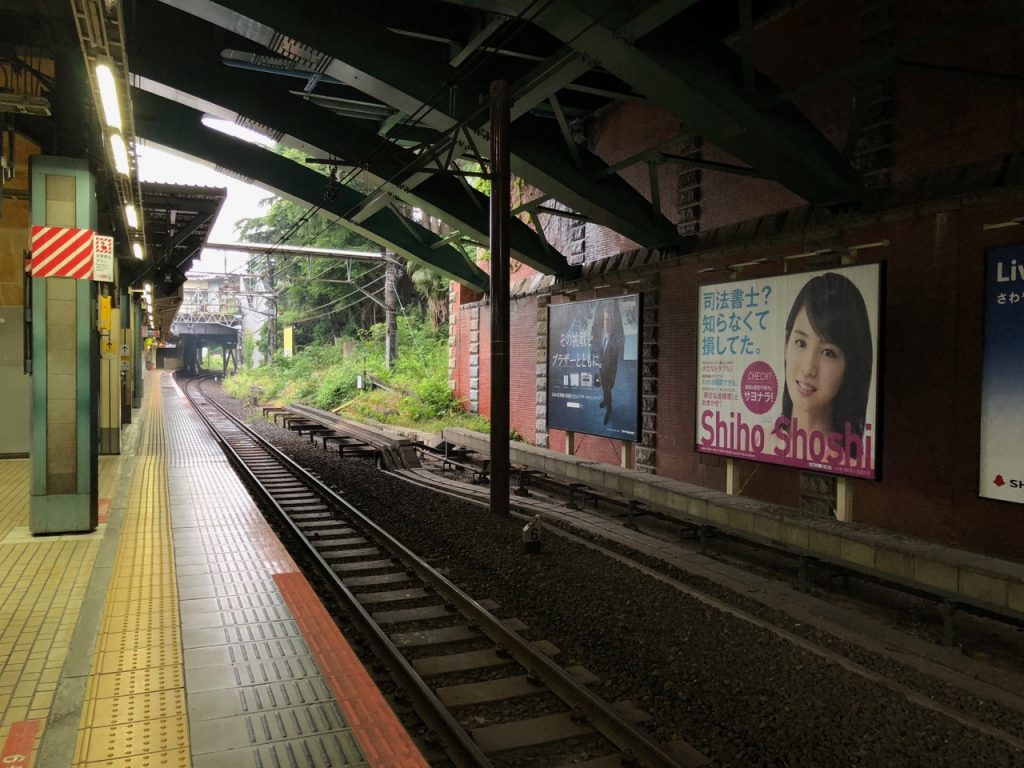
Upon arrival at Tokyo station, I also learned it is too early for most shops in the station to be open (as it is too early for humans to be awake, all of these people must be androids), and I was faced with either waiting in a long line in the only open shop to grab some food or possibly missing the fastest train to Nikko. I chose to skip the food. On the upside, there were practically no people here outside the shinkansen areas, so it was oddly peaceful, if slightly construction-y.
After a 2.5 hour train ride, part of it being on a teeny four-car train for the last leg, I made it up to the mountainous and tiny town of Nikko, home to several world heritage sites: the extremely lavish shrine Toshogu, dedicated to Tokugawa Ieyasu; a shrine to his grandson; and a nice bridge (which has a shrine that I did not go to as I was shrined-out by this point, but supposedly the shrine is nice). Bonus: Nikko is also host to an abyss.
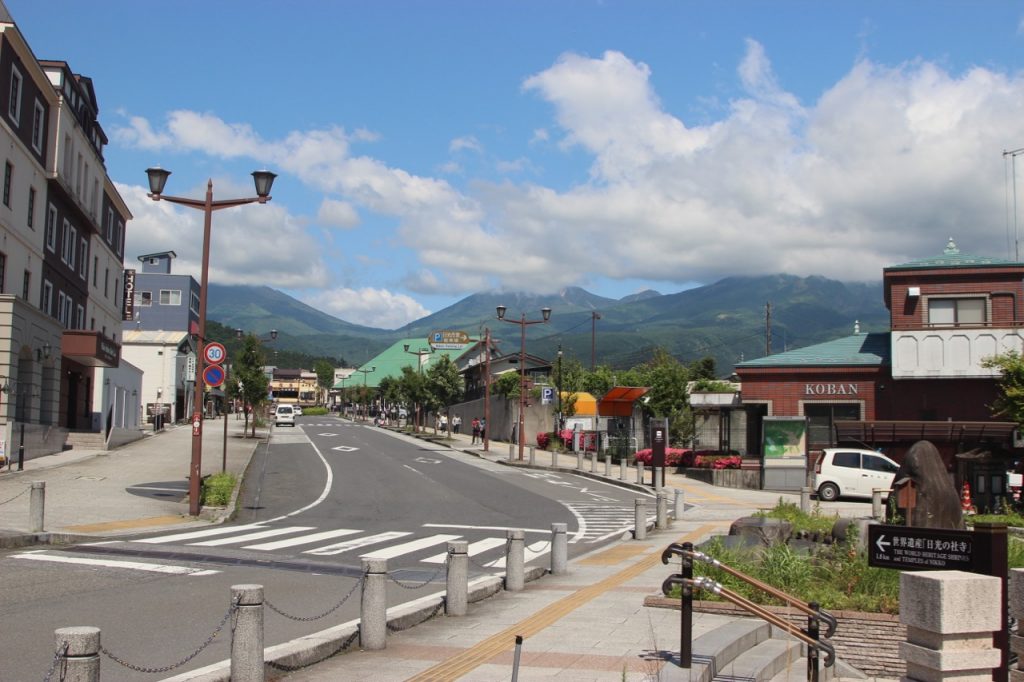
I picked up the 500 yen world heritage bus pass, which guaranteed me unlimited rides on the bus that looped between the big attractions. Normally I hate the bus, but I generally make an exception for the well-organized and plainly signed buses of Japan. First up: Toshogu, a shinto shrine dedicated to Tokugawa Ieyasu.
We will back it up, way up to the 1600s, and talk about Tokugawa Ieyasu: he ushered in the start of the Edo period with the Tokugawa Shogunate and made it so every student of Japanese will study him til humanity ends. He ruled in the early 1600s and worked to unite Japan (so he could have more power, of course). He was deified posthumously and Toshogu claims to have his remains buried at the top of the shrine. You can read more about him if you’re interested.
This trip’s theme is “my lazy last-minute (and also rainy) trip to Japan” so I did almost no research about Nikko before I went. I wasn’t sure what to expect besides a very opulent shrine, so I was completely surprised by the extremely gigantic cedar trees that line the path up to Toshogu (and indeed appear all over the mountain). They are everywhere, reminiscent of Sequoia National Park, and they are fragrant and beautiful. They were planted 400 years ago to enhance the grandeur of the shrine – and I can definitely say it works! More about the cedars’ history here.
As I started down the cedar-lined path, reveling in the peace, I stopped for just too long to take some pictures of the trees and I heard the unmistakable sounds of a horde of elementary school children rounding a corner, beginning their field trip to Toshogu. Oh no. There’s no way I can stay ahead of them – they are too fast, armed with scavenger hunts and armored in their yellow hats. And so, with 200 of my best 4th grade friends who liked to chirp “hello!” and “where are you from?” at me, I set out to explore Toshogu and hopefully not trip over the children.
Toshogu in a nutshell:
- Carvings. Lots of ornate carvings on every building.
- Gold. Can never have too much of it.
- Steps. Even in his grave, Tokugawa Ieyasu attempts to slay young and old with ten million stairs.
I mean…I guess I shouldn’t have been surprised by the stairs. Japan is just mountains and shrines on the mountains. Surprisingly, some kind (or horrible) person put a vending machine full of green tea at the top of the 207 stairs to the grave. How does the green tea get up there? There are no secret methods up the mountain. On the way down, mystery solved: it is hand-portered up all the steps s l o w l y by the most focused porter I have ever seen.
Shriney highlights:
After Toshogu, I meandered over to the nearby Taiyu-in, which serves as the mausoleum for Ieyasu’s grandson, Tokugawa Iemitsu. It, too, is full of steps and cedar trees. However, it was NOT full of tiny schoolchildren. I shared the entire grounds with ten other people winding through its manicured paths. It was much less gold, but still very beautiful (and quiet).
As I exited Taiyu-in, the school children horde began to enter it. I ran away swiftly to the bus, which carried me to lunch and then Shinkyo (the bridge).
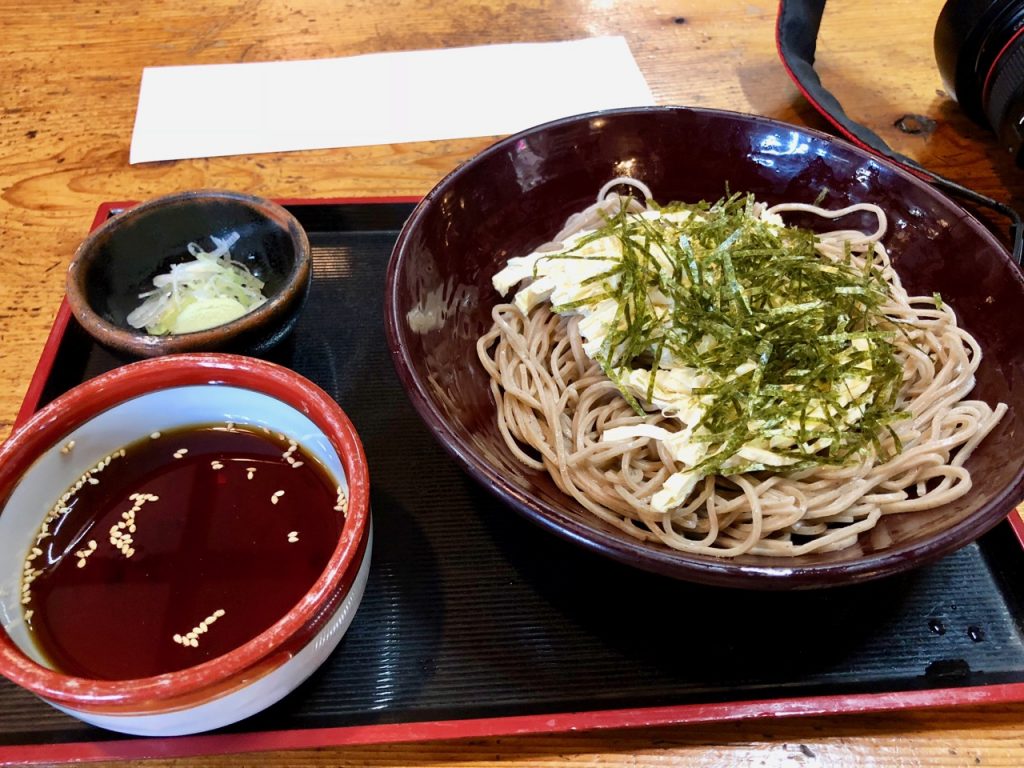
Shinkyo is one of Nikko’s things – complete with a shrine. Beneath the beautiful bridge roars crystal-clear, bright blue water, and around it roars the traffic of buses and tourists come to admire it. I skipped the Shinkyo shrine – I wanted to save my energy to explore the local abyss (this is a real thing). There is also a Japan bridge ranking system (of course) according to the internet, and this one is in the top three – the other two are Kintaikyo (hey! I’ve been there – it’s neat) and Saruhashi in Yamanashi. This ranking system is probably inferior to our Icelandic waterfall ranking system, but not much can be as good as that.
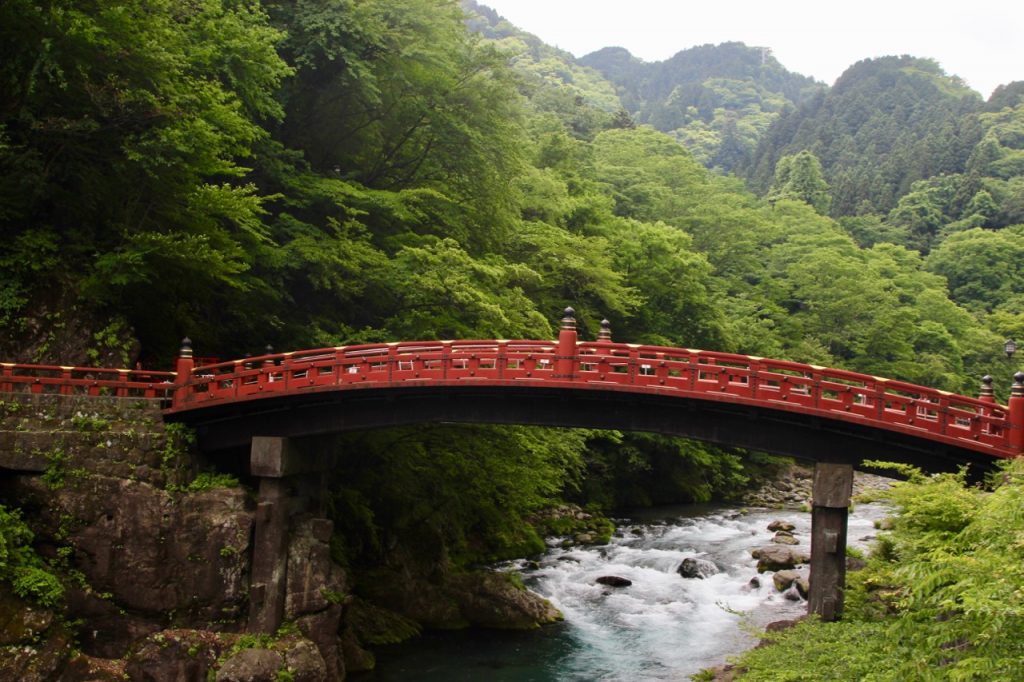
To finish out my day, I set out for the Kanmagafuchi Abyss. Yes, this is really its name. No, I don’t know why it’s called an abyss. From the pictures online, it didn’t seem very abyssal. There are no demons present, it’s brightly lit, and seems peaceful.
It’s a little gorge that runs just south of the main drag of town. It’s not included on my bus pass, but being that I am going to get the most out of my 500 yen bus pass, I got as close as I could and then zig-zagged through a cute neighborhood towards the river. I am not entirely sure what the residents of this town did for a living, but there were an awful lot of expensive cars and perfectly manicured gardens on my short walk.
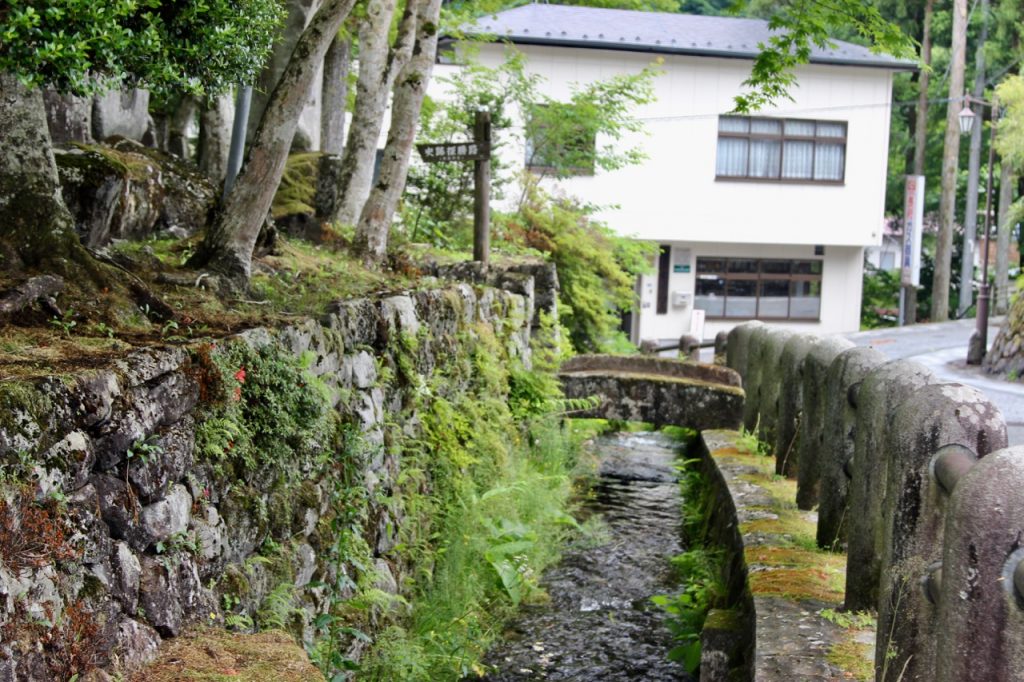
For a while, I followed some tiny signs that were only in Japanese to get to the abyss. Sometimes, it seemed like the signs on my zig-zag path disappeared. Turns out they were hidden behind bushes or had fallen over. Oh. Maybe the abyss isn’t a place we go. I rounded a corner and arrived at an abandoned-looking ice cream and noodle stand. This is starting to get real Korean South Gate Village Ghost real fast.
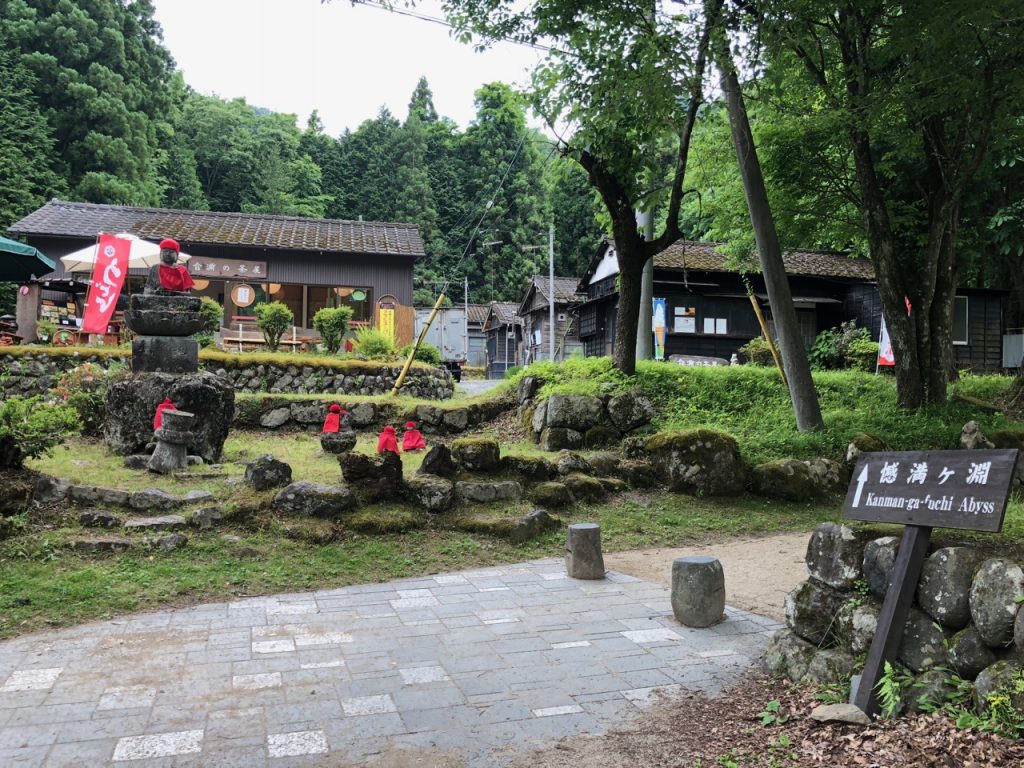
Hoping to avoid any type of vengeful obaasan ghost selling me ice cream and then stealing my soul or cursing my family (for eating all the ice cream), I hurried onwards toward the abyss. I was greeted by a sign that warned of the dangers of bears. Great. Is this the bear abyss? There are no other people around. Either they were eaten by the bears already or this is just not a place sane people come. I mean, it’s an abyss.
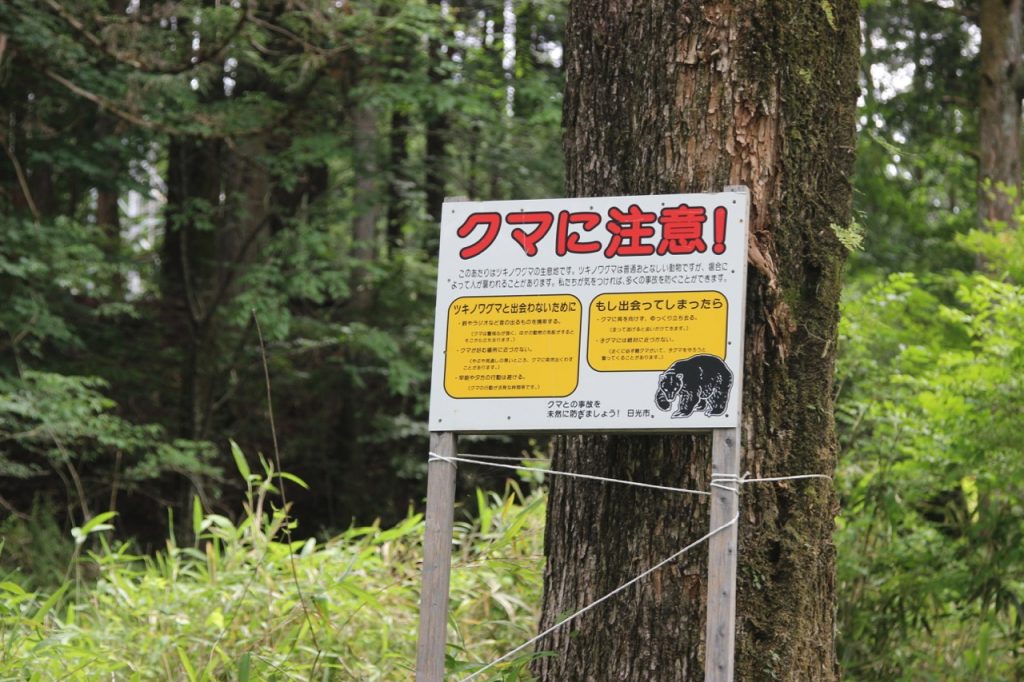
Despite the bear danger, I pressed onwards. The birds were singing cheerily and the river rushed closer. After a bit, I found theKanmagafuchi abyss, lined with Jizo, who watch over the deceased (EATEN BY BEARS???). The river was the same beautiful, clear blue as under the bridge, and it was really wonderful to have the place all to myself for most of the duration I was there. This area was less well-manicured than shrine grounds generally are, and all the stones were ancient and covered in moss.
Feeling thoroughly exhausted (and happy to have not been bear lunch), I headed back to Tokyo for the evening. Tomorrow is our last day of really good weather before the big weekend rain sets in. Hopefully I’ll be able to get out to Fuji!
In an attempt to stay up very late, I pushed back my dinner and got soba from a stand near the station. The very kind soba man politely pointed out that it looked like my phone was going to fall out of my pocket (My one dream is that someone designs nice women’s shorts where you can fit your WHOLE PHONE in the pocket). He also told me the soba was very hot. Taking this as my signal, I spilled a bunch of the broth on my bare leg the moment he turned his back. Well done, me. (Soba was good though!)
Back on the weather report tonight, the meteorologist ladies talk very excitedly about the rainy season, this weekend’s big rain, and the typhoon that could happen Sunday. Typhoon not gonna stop me (might stop the trains though!). Excellent. 700 yen conbini umbrella, you betta werk.
